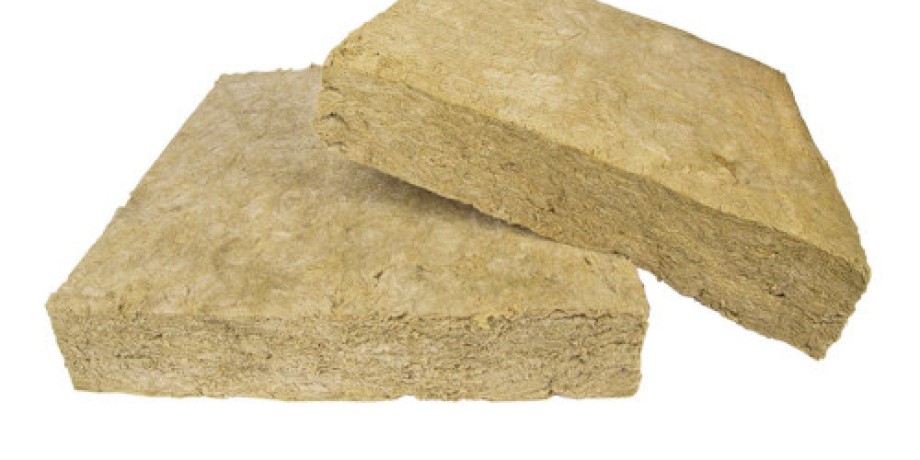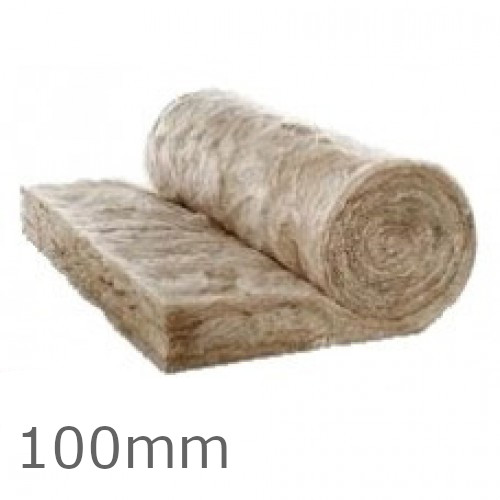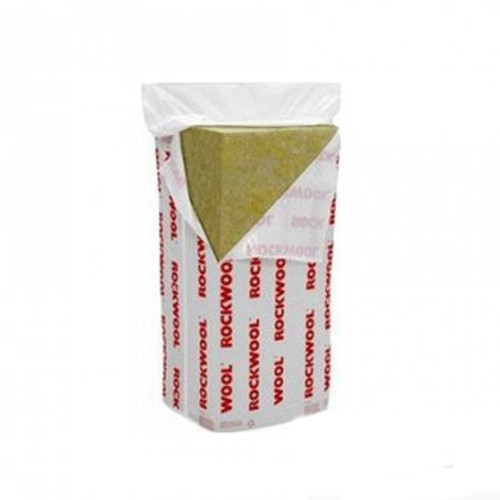Soundproofing your UK Apartment

by Mark Row
All You Need for Insulating your Home
If you have just bought a new property in the UK and you are expecting to enjoy it in the years to come, there might be a few things that could spoil everything you have planned, such as unwanted and disrupting noise coming from both outside and inside your home. Well, the bad thing is that noise pollution is something that is not always under our control and something we cannot always foresee, but the good news is that the problem can be successfully overcome or at least put under control. When considering soundproofing your UK apartment, there are a few things you need to know on best materials, the methods of installation and its effects on acoustic insulation, which will all be addresses here.
What Does Soundproofing Actually Mean?
Before even considering soundproofing your UK home, you need to know some basics on sound and noise sources and ways to either reduce it or absorb it. Namely, noise can derive from many different sources, both internal and external. Some most typical sources of noise are speech, loud music, footsteps, noise coming from traffic and nearby building site. All these individually and combined can drastically affect your home’s peace and quiet. This is why, regardless of whether you are dealing with impact or airborne sound, you need to understand some basics on how the sound travels and why does it actually present a problem
Basically, sound presents nothing more than a low frequency wave that travels through opened space up until it reaches a barrier or a block that will stop it, reduce it or dampen it. Some materials are able to only reduce the sound, such as layered materials that will simply make the sound much lower once it goes through all the layers of a certain material (such as foam added to your walls, for example). On the other hand, although it might look like that any barrier will be able to reduce the sound, this is not entirely true. Namely, some materials are not able to absorb the sound but it will simply bounce of the material (such as your sofa) and continue its route, even higher and louder than when it started traveling. This phenomenon is called the reverberation. This only indicates that when adding acoustic insulation to your home, you need a material that will be able not only to block and absorb the sound, but also to prevent reverberation. This means that the material used needs to be soft enough so it allows sound absorption but also resilient and heavy enough to prevent the sound from bouncing off its surface and creating echoes.
Being aware of the importance of soundproofing, even the UK Government has adopted a Part E of the Building Regulations, dedicated to acoustic insulation in new build residential properties, all in order of fighting noise pollution which has become a serious issue with significant consequences to our health.
Soundproofing Measures
Now it is time to move on to some basic soundproofing measures. These involve some simple tricks that do not need to be too costly, but also some more serious methods such as proper insulation which may be a more invasive task, but also a more effective and more durable one.
Your first stop should always be your windows. If you are stuck with old, single pane windows, note that these are terrible in blocking sound coming from external sources. This is why they are best replaced with new double glazed windows which work much better. If this is too costly for you, then you can try some alternatives such as weather stripping or adding heavy drapes and curtains that will be able to dampen the sound. Look for specially designed drapes that are able to block the sound waves coming from different directions. The same logic can also be applied to your doors. Make sure to choose only thick and heavy doors that will do wonders not only to your security but also increase the level of acoustic insulation within your home. Padded doors are another option since the layers added to your door surface will successfully dampen the sound waves traveling through. Some simple tricks that can work are also thicker carpets or specially designed mats that reduce the noise or insulating coverings for your walls that can also have some soundproofing effect.
However, although all the previously mentioned measures are less costly and can be easily installed, they can never be as efficient as adding insulation to the most vulnerable areas within your home, such as your walls, ceilings and floors, since these can all present a great noise block, if properly insulated.
-
Walls
It may come as a surprise, but walls, if not insulated, can present a path for the sound to travel through, from one room to another. Well, this can be prevented with proper insulation material installed. If your home is in the construction phase, then it would be best to add some fibre based insulation, such as rock or glass wool which can be added inside the wall cavity and fill in the gap between inner and outer leaf of the wall structure. Make sure that the material is thick enough so it can successfully absorb the sound waves. Recommended thickness of insulation is between 270mm and 300mm. This way the sound will be dampen with no reverberation effect once it goes through all the layers of the insulation added. On the other hand, if you are undertaking a refurbishment project, then you can simply add some foam insulation through a hole drilled in the wall.
-
Ceilings
Another area worth soundproofing is your ceiling. One way of doing so is by creating the so called false ceiling, that is using resilient bars to add another ceiling under the existing one and thus creating a gap in between that will trap the sound ant thus reduce it. If you want to go all the way through, you can always remove the drywall and add some fibre insulation that will work wonders when it comes to sound absorption.


-
Floors
The same rule of thumb applies to your floors as well. Basically, floors can be the greatest source of impact sound since the noise coming from footsteps or rearranging furniture can easily travel through an old and uninsulted floor. An effective means of soundproofing is laying insulation between the floor joists, such as rock wool under the timber floorboards which will have not only great acoustic but also thermal insulation results.
Take a look at different acoustic insulation products we offer and pick the best one for your home improvement project. Feel free to seek advice from our experts by email, live chat or phone. You are welcome to leave a comment or share the article.
































































































































